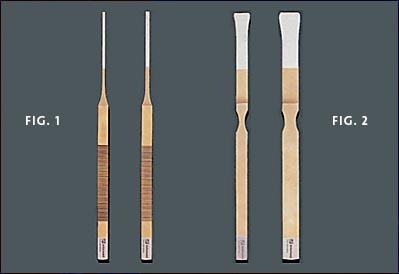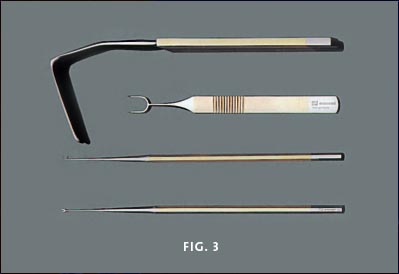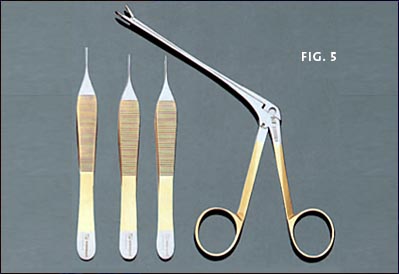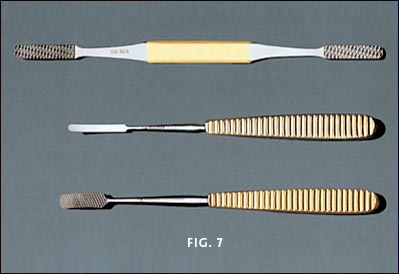

Rhinoplasty Surgery Set by Prof. Dr. Gilbert Nolst Trenité
Apart from knowledge, skill and experience, the use of
appropriate instruments is a prerequisite for performing a reliable operation.
The main goal in modern rhinoplasty is to perform the operation as
atraumatically as possible, to prevent unpredictable scar formation and to
ensure good long-term postoperative results. The use of delicate, sharp and high
quality instruments is fundamental in lessening surgical trauma and entering the
right surgical planes, resulting in less bleeding, shorter duration of the
operative procedure and, ultimately, better postoperative results.
During my frequent visits to international authorities on rhinoplasty, I noted
that they were using delicate rhinoplasty instruments that were not available in
the Netherlands. While doing rhinoplasties as a guest surgeon, I
noticed that an ENT surgeon taking his first steps in aesthetic rhinoplasty will
do this with instruments which were readily available for functional
rhinoplastic surgery (but not always state-of-the-art). This inspired me to
design some specific rhinoplasty instruments (Figs. 1–3). This was finally
realized with the help of John Vos of Entermed bv, Woerden, the Netherlands, and
the instruments were manufactured by Max and Katharina Muller of Explorent GmbH,
Tuttlingen, Germany. Combined with specially selected instruments (Figs. 4–7),
these form a supplementary rhinoplasty set to be used with instruments already
available for functional rhinoplastic surgery. This complete set of very
delicate, high quality instruments has a special gold finish for easy
recognition on the operating table.

Fig. 1. Micro-osteotomes (2 mm and 3 mm blades).
Fig. 2. Hump osteotomes (10 mm and 14 mm blades).

Fig. 3. From below to top > Skin hooks: 1 prong
2 prong (2 mm) | 2 prong (10 mm) | Nasal retractor.

Fig. 4. Rhinoplasty | scissors: straight, sharp (10 cm)
curved, sharp (10 cm) angled, Walter type (10 cm).

Fig. 5. Tissue forceps with side-grasping teeth,
Adson-Brown type (12 cm) | Dressing forceps, Adson type (12 cm)
Tissue forceps, Adson type (12 cm) | Nasal forceps, Blackesley type (small).

Fig. 6. Dissection scissors, Killner type (14 cm)
Needle holder, Halsey type, tungsten carbide inserts (13 cm).

Fig. 7. Glabella rasp Periosteal elevator, Joseph type (3 mm
blade)
Nasal rasp, double blade, tungsten carbide inserts 5/6 (7/8 not shown).
These instruments are available through
Gyrus Medical GmbH.